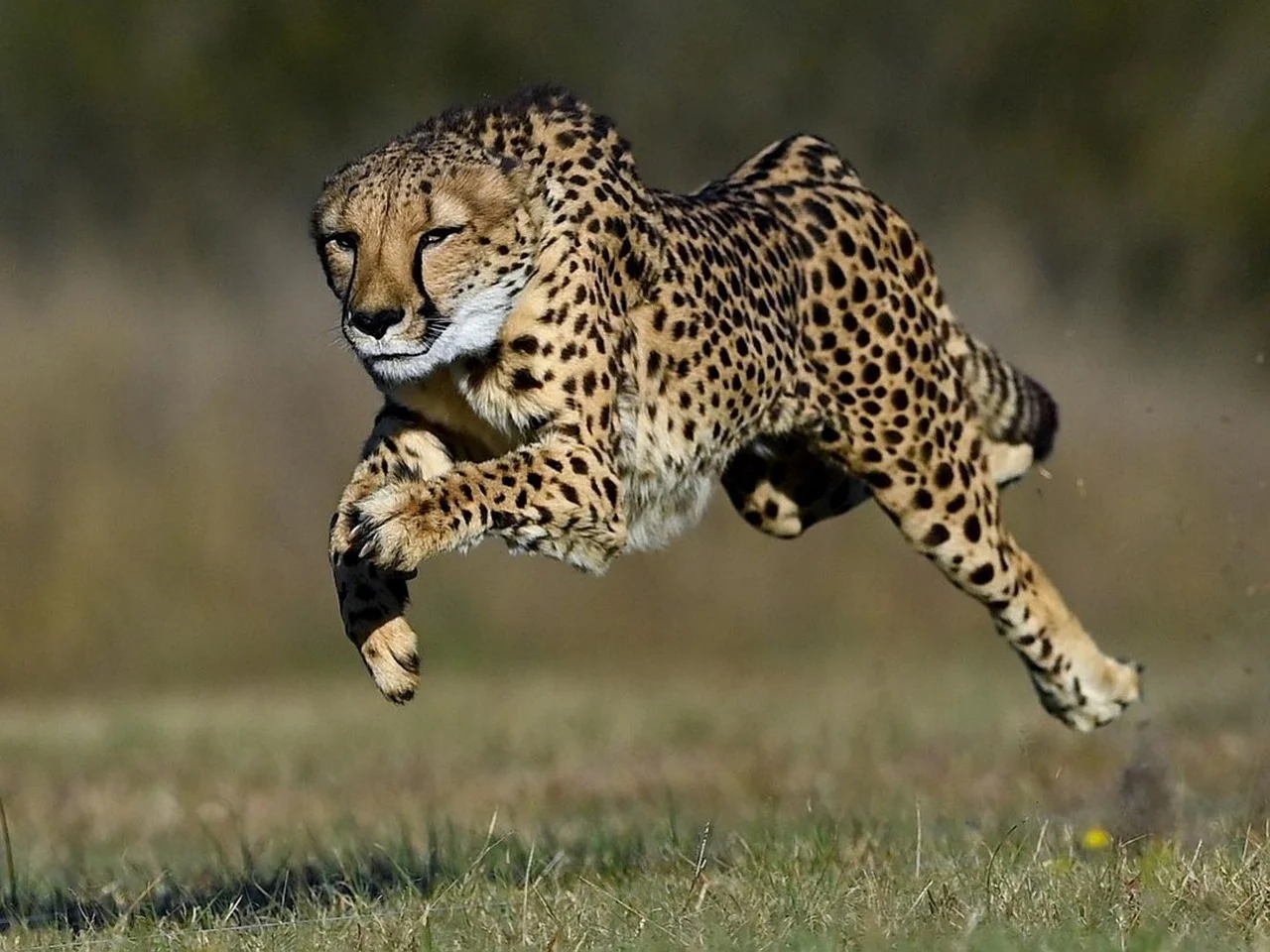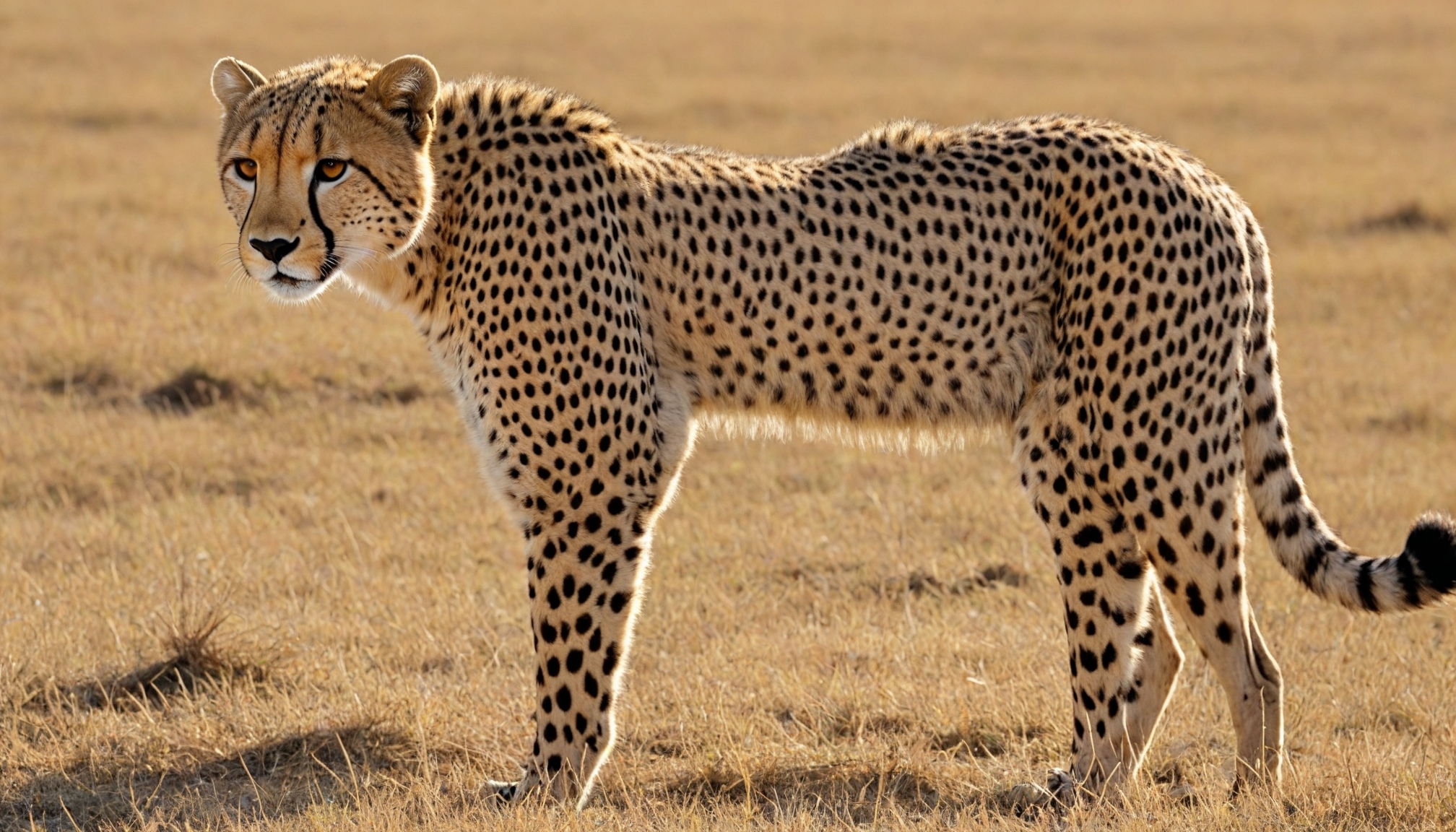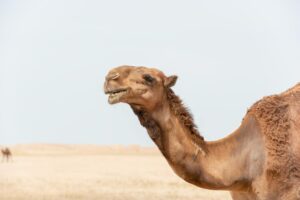The series of endangered animals 2 : cheetah

Fascinating animals, cheetahs are renowned for their extraordinary agility and speed. They are the fastest land animals, capable of reaching speeds up to 70 miles per hour in short bursts. Cheetahs have a unique body structure, with a slender frame, long legs, and a flexible spine that allows them to stretch their bodies while running.
These magnificent big cats are found in various parts of Africa, particularly in grassland and savannah habitats. They have a distinctive coat pattern, with black spots on their tawny or golden fur, which helps them camouflage in their surroundings. Cheetahs also have tear marks on their faces, which are thought to help protect their eyes from the sun and enhance their focus during hunts.
The survival of cheetahs in their natural habitat is threatened by several factors
Habitat Loss: Cheetahs require vast areas of open grasslands and savannas to thrive. However, their habitat is being lost and fragmented due to human activities such as agriculture, urbanization, and infrastructure development. This loss of suitable habitat limits their range and access to prey.
Human-Wildlife Conflict: As human populations expand, conflicts between humans and cheetahs arise. Cheetahs sometimes prey on livestock, leading to retaliation from farmers who may kill or trap them to protect their livelihoods. This conflict poses a significant threat to cheetah populations, especially in areas where their natural prey is scarce.
Poaching and Illegal Wildlife Trade: Cheetahs are targeted by poachers for their skins, which are highly valued as luxury items. Additionally, there is a demand for cheetah cubs as exotic pets. The illegal wildlife trade further contributes to the decline of cheetah populations.
Lack of Genetic Diversity: Cheetahs have a relatively low genetic diversity, making them more susceptible to diseases and reducing their ability to adapt to changing environments. Inbreeding depression and genetic disorders are significant concerns for cheetah populations, particularly those in small and isolated habitats.
Climate Change: The effects of climate change, such as shifts in rainfall patterns and increased frequency of extreme weather events, can impact the availability of prey and alter the ecological balance in cheetah habitats. These changes can have cascading effects on the cheetah population.
some interesting facts about cheetahs

Adaptations for Speed: Cheetahs have several physical adaptations that make them incredibly fast. Their long, slender body and lightweight build reduce wind resistance, allowing them to accelerate quickly. They also have large nasal passages and lungs to take in more oxygen during a sprint.
Acceleration and Deceleration: Cheetahs can go from 0 to 60 miles per hour in just a few seconds, covering a distance of about 20 feet. They can also change direction rapidly while running, thanks to their non-retractable claws that provide extra traction.
Hunting Strategy: Cheetahs are diurnal hunters, meaning they are most active during the day. They use their exceptional eyesight to spot prey from a distance and then stealthily approach before launching a high-speed chase. They rely on their incredible acceleration and maneuverability to catch their prey.
Unique Reproduction: Female cheetahs are solitary animals except during mating season. After a gestation period of about 90-95 days, a female cheetah gives birth to a litter of usually three to five cubs. Unlike other big cats, cheetah cubs have a distinctive mantle of hair along their backs, which is believed to camouflage them in the tall grass.
Cheetahs primarily prey on small to medium-sized ungulates, such as gazelles and impalas. They are exceptional hunters and rely on their incredible speed and agility to chase down their prey. Unlike other big cats, cheetahs cannot roar. Instead, they communicate through a variety of vocalizations, including purring, chirping, growling, and hissing.

Unfortunately, cheetahs are currently facing numerous threats, including habitat loss, poaching, and human-wildlife conflict. Their has significantly declined over the years, and they are now listed as vulnerable by the International Union for Conservation of Nature (IUCN). Conservation efforts are underway to protect these magnificent animals and ensure their survival in the wild.
Conservation Efforts
Due to the decline in their population, various conservation organizations are working to protect cheetahs. These efforts include habitat conservation, anti-poaching measures, and initiatives to reduce human-wildlife conflict. Additionally, breeding programs in zoos and wildlife reserves help maintain genetic diversity and raise awareness about cheetah conservation.
Cheetahs are truly remarkable animals, both in their physical abilities and their unique characteristics. They are a symbol of speed, grace, and the challenges faced by wildlife in the modern world.




